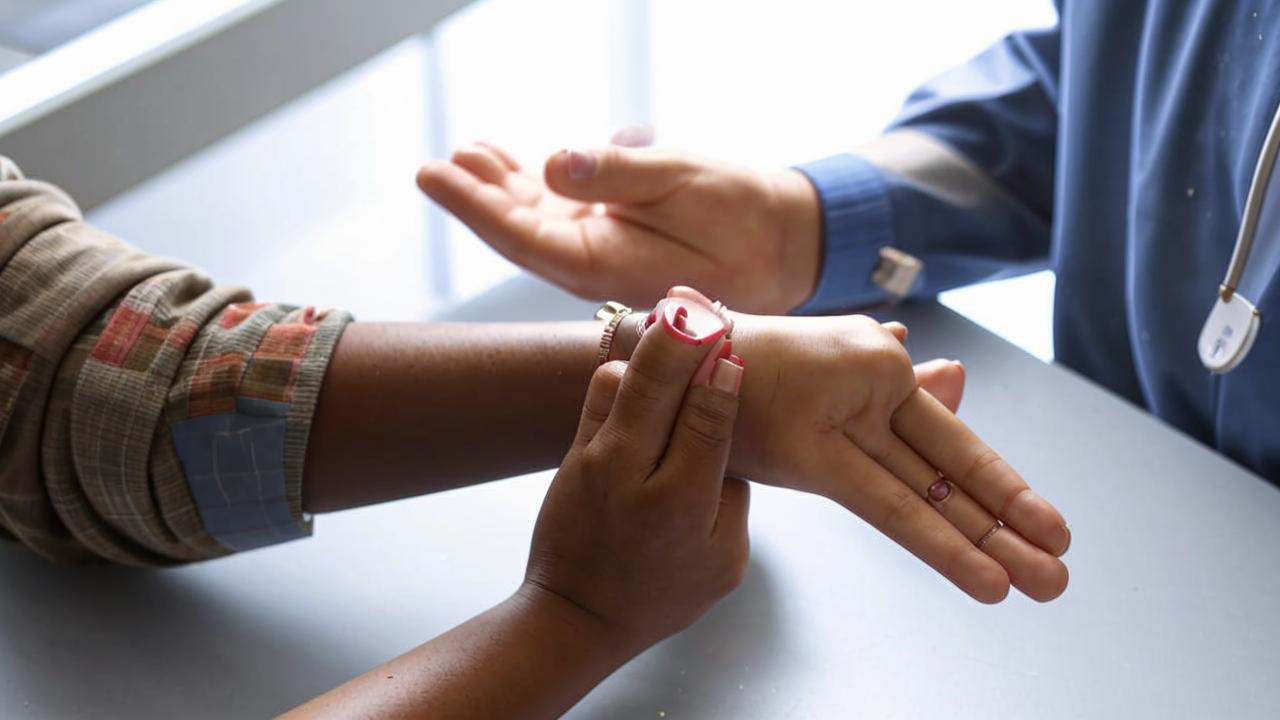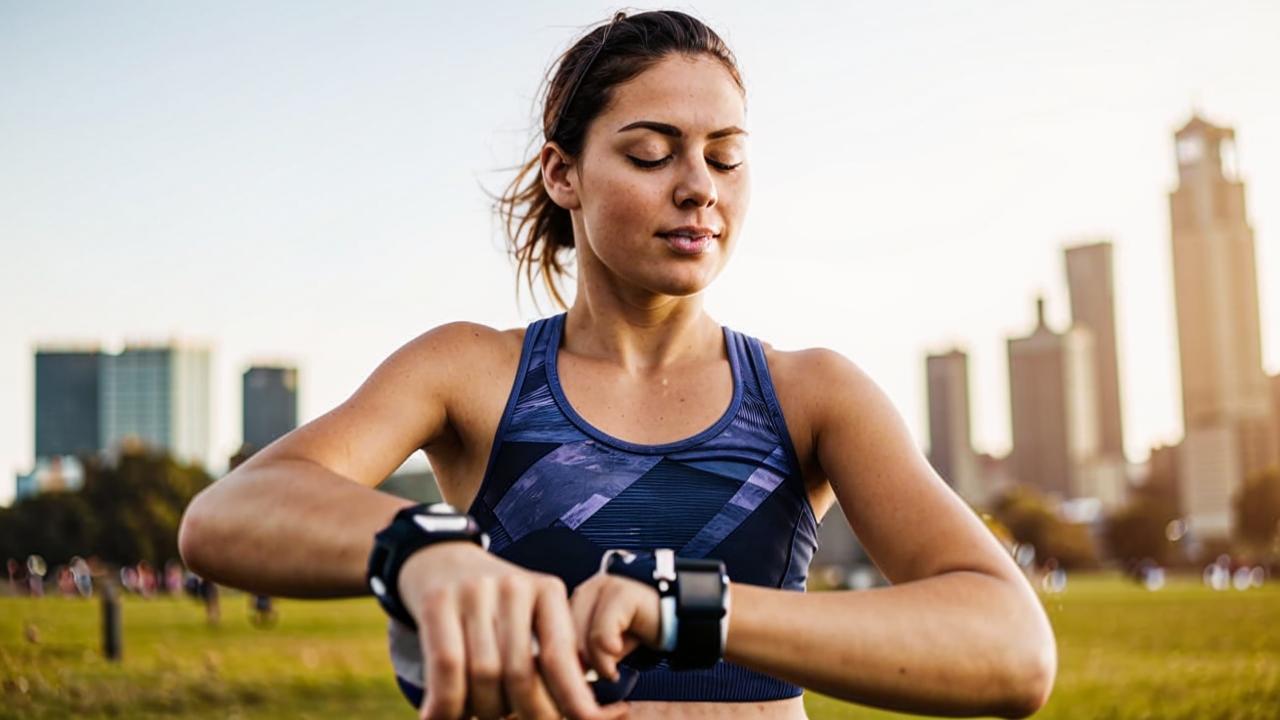In ancient times, many people paid special attention to the pulse: it was believed that by listening to the heartbeat, you can find out what a person is sick and how to help him. Heart rate can really tell a lot and it is important to monitor it. For example, during physical activity, the efficiency of training and the rate of fat burning will depend on the heart rate. We tell you how to measure your heart rate correctly and what it should be for people of different ages.
How to measure heart rate correctly?
The heartbeat has several characteristics:
frequency: the number of beats per minute;
rhythmicity: the intervals between beats, if they are different, it means that the heartbeat is arrhythmic;
speed: characterizes the fall or rise in blood pressure, deviant is considered too slow or too fast;
tension: the force with which you have to press on the artery to stop the pulsation;
filling: the volume of blood in the artery at the top of the pulse wave.

You can feel the pulse at several points on the body. Here are the main ones:
- the inside of the wrist, under the thumb (radial artery);
- the temple area (temporal artery);
- the hamstring bend (hamstring);
- bend at the junction of the pelvis and lower limb (femoral);
- inner side at the elbow bend (brachial);
- neck under the right side of the jaw (carotid).
To measure the pulse, place three fingers on the pulsating vein and press firmly. Clock one minute and count the number of beats during this time.
What should be the pulse of a healthy person?
The heart rate depends on many conditions, including age, lifestyle, and health. Therefore, for everyone, the norm at rest will be different. Research shows that young people tend to have a higher heart rate: for example, the average for 18-20 year olds is about 81.6 beats per minute. It decreases with age, however: for 61-70 year olds, it’s about 73 beats per minute.

In general, 70-100 beats per minute is considered a healthy range for children under 18, and 60-100 beats per minute for people over 18.
What is the maximum heart rate?
Your maximum heart rate is your highest heart rate during physical activity. You can calculate your estimated maximum heart rate using the formula:
220 – your age = your maximum heart rate.

For example, for a person 40 years old, the figure would be 180 beats per minute. This is the simplest, but also the least accurate way to calculate: it does not take into account gender, the presence of diseases and other characteristics. There are more complex formulas, but the most reliable method is to pass a medical test on special equipment.
How to calculate the optimal pulse zone?
The maximum heart rate helps to determine the optimal heart rate zone for physical activity: if you keep your heart rate within this range during exercise, you can achieve the greatest effect and reduce the risk of injury. All other things being equal, the optimal heart rate zone for a healthy person is 60-80% of the maximum heart rate. In individual cases, however, a doctor may recommend staying within 50%. In the case of high-intensity workouts such as HIIT, the optimal zone can be pushed up to 85%.

To see if you’re exercising in your optimal heart rate zone, take a break and measure your heart rate. If it’s lower than optimal, increase the load. For convenience, you can use a smartwatch or special fitness bracelets: some of them help you track not only your heart rate but also other indicators, such as calories consumed.





